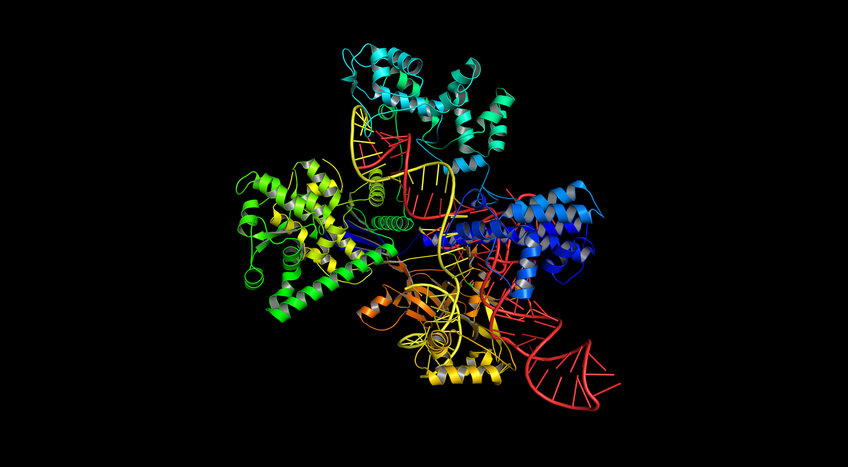
Genome Editing
Gene scissors, molecular scalpel – these descriptive terms are intended to convey what the new method of gene editing with rather unwieldy name of CRISPR/Cas9 can do. As they suggest, the system, which, in its natural form, consists of two RNA molecules and one protein molecule, can cleave the hereditary molecule DNA. Moreover, it can do this with surgical precision at a specific site in the genome. This enables researchers to switch genes off or insert new sequences at the cutting site. As a result, DNA can be modified much faster and more easily than was possible using previous gene-editing methods. Although the system basically sounds simple, various factors must be coordinated with extreme precision for the gene scissors to be able to function with such accuracy. For this reason, even after 30 years of research, the functioning of CRISPR/Cas9 is still not entirely understood.
















